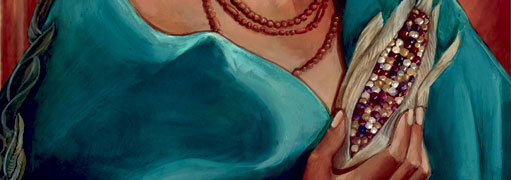Food For Thought: Beyond King Corn
In Search Of Maize Redemption



Latest Article|September 3, 2020|Free
::Making Grown Men Cry Since 1992



